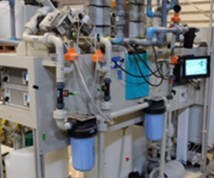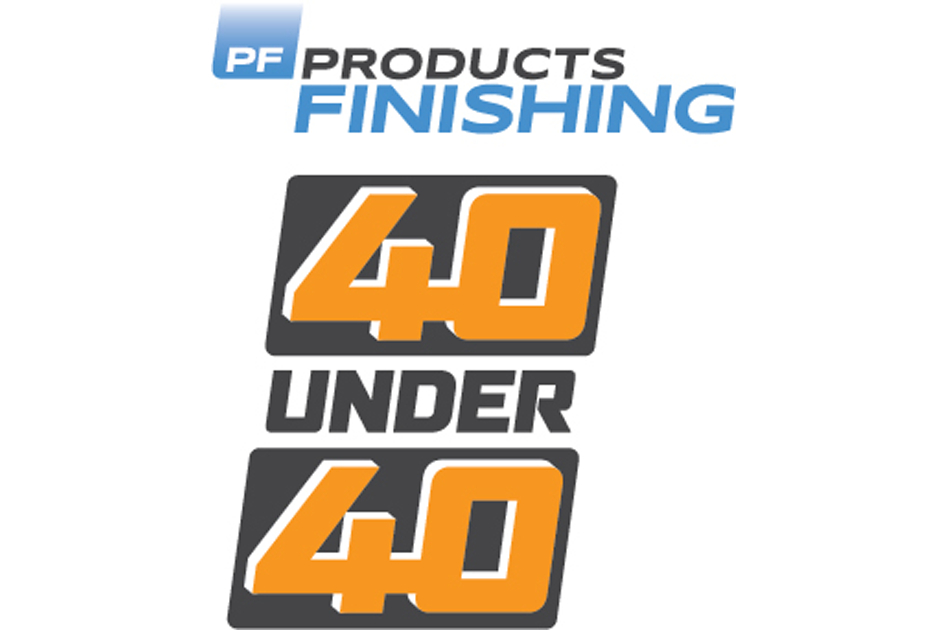EPA Plans to Release Major New Health Assessment for Hexavalent Chromium By End of Year
EPA is scheduled to issue a draft scientific health evaluation for hexavalent chromium by the end of 2022 for public comment and review. The assessment has been underway for more than a decade, and an updated assessment could lead to significantly tighter rules and restrictions nationwide.
#regulation
Officials at the U.S. Environmental Protection Agency are scheduled to issue a draft scientific health evaluation for hexavalent chromium by the end of 2022 for public comment and review. The assessment has been underway for more than a decade, and an updated assessment could lead to significantly tighter rules and restrictions nationwide.
Why It’s Relevant: The document, developed under EPA’s Integrated Risk Information System (IRIS) by agency scientists in the Office of Research and Development, will likely be extensive – possibly nearing 1000 pages in length – and serve as the scientific basis for the next stage of regulation for hexavalent chromium under existing federal chemicals management, air, water, hazardous waste and Superfund cleanup laws.
Featured Content
The IRIS assessment is considered an essential source of toxicity information that is used by EPA, state and local health agencies, other federal agencies such as the Department of Defense, and international health organizations.
Why the Particulars Matter to the Finishing Industry: In the near term, the assessment will include new toxicity values for hexavalent chromium and would affect several things:
- Air Rules – it would inform standards EPA will consider as part of its air toxics rulemaking that will be launched shortly.
- Chemicals Uses – it would serve as the basis for potential restriction on the use of hexavalent chromium under the federal Toxic Substances Control Act (TSCA) as EPA begins considering metals for prioritization.
- Drinking Water and Remediation Standards – it could drive drinking water standards significantly lower under the federal Safe Drinking Water Act (SDWA) and pose much tighter standards for clean ups under the nation’s Superfund program.
A Deeper Dive into What the Assessment Includes: An IRIS assessment typically includes the first two steps of the agency’s risk assessment process:
- Hazard Identification, which identifies credible health hazards associated with exposure to a chemical, and
- Dose-Response Assessment, which characterizes the quantitative relationship between chemical exposure and each credible health hazard. These quantitative relationships are then used to derive toxicity values.
From these two steps, EPA’s water, waste and air programs perform the next steps in the risk assessment:
- Exposure Assessment, which identifies human exposure pathways and estimates the amount of human exposure under different exposure scenarios, and
- Risk Characterization, which combines their exposure assessment with the hazard information and toxicity values from IRIS to characterize potential public health risks.
Concerns Raised Over EPA’s Peer Review Panel: As anticipated, EPA recently published a list of candidates to review the draft chromium IRIS assessment as a special agency Science Advisory Board panel (SAB).
In response, the American Water Works Association, the nation’s leading organization representing drinking water utilities, cautioned the agency that its slate of scientific candidates as a whole lacks the credentials and relevant research experience to provide a proper review, and also fails to bring a balanced view to the IRIS assessment process in general. The AWWA’s letter is here.
The SAB took comment on potential peer reviewers for the chromium assessment in early August. NASF is following the IRIS review process very closely as it poses substantial potential for future adverse impacts on the finishing industry.
This update is courtesy of the National Association for Surface Finishing (NASF). For more information or to become a member, visit nasf.org.
RELATED CONTENT
-
Trivalent Chrome Overview
As the finishing industry begins to move away from the use of hexavalent chromium to trivalent chromium, what factors should finishers consider as they make new investments? Mark Schario, chief technology officer for Columbia Chemical offers a helpful overview of this complicated topic.
-
Safety in Manufacturing During the COVID-19 Pandemic
Resources and recommendations for manufacturing employees to stay safe during COVID-19 were released from OSHA, AIHA.
-
Inside Antimicrobial Coatings
Examining types of antimicrobial coatings from efficacy to regulatory considerations, with input from same major players in the industry.


















